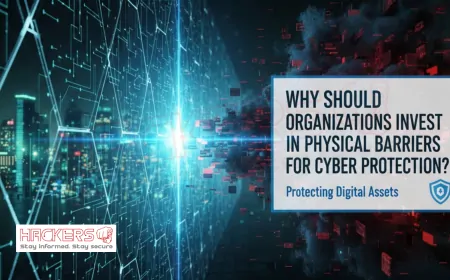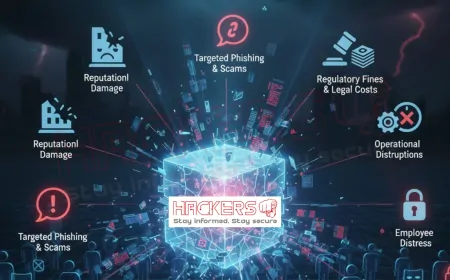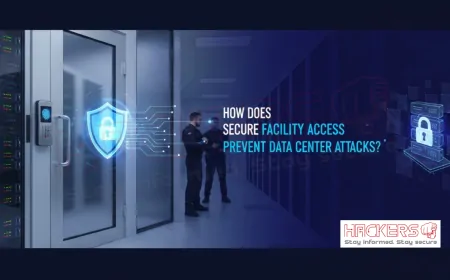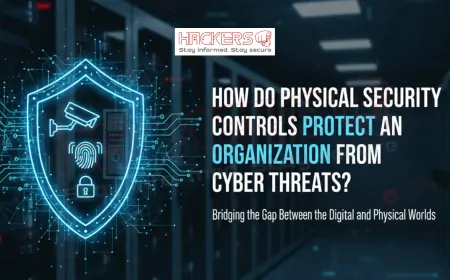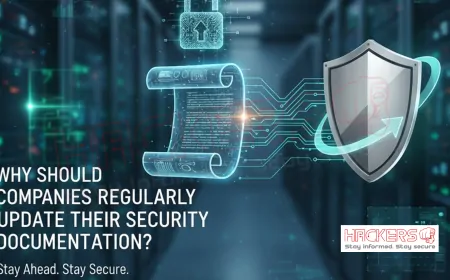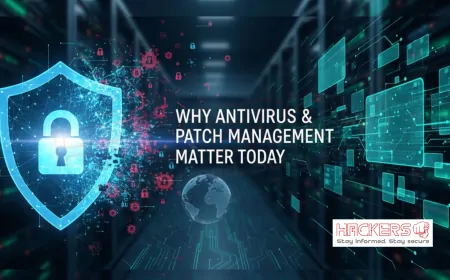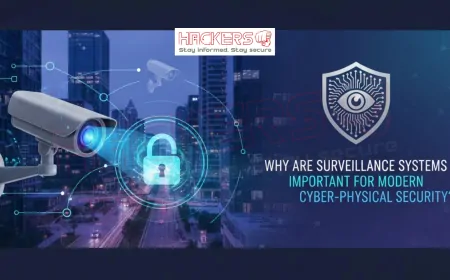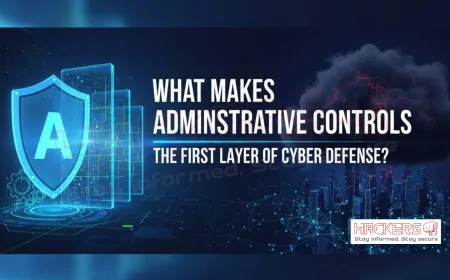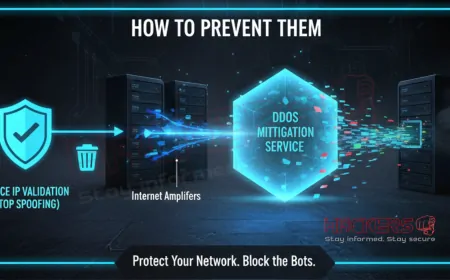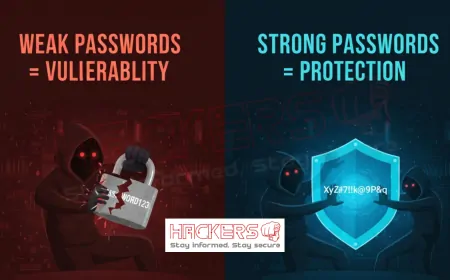How Do Technical Controls Like Firewalls Provide the First Digital Line of Defense?
Imagine your company's network as a bustling city. Traffic flows in and out constantly: emails, file transfers, web browsing. But lurking in the shadows are threats like hackers, malware, and unauthorized access attempts. In 2025, with cybercrime projected to cost businesses up to $10.5 trillion globally, protecting this digital city is more crucial than ever. That's where technical controls come in, acting as the vigilant guards at the gates. Firewalls, in particular, stand out as the first digital line of defense, filtering incoming and outgoing traffic to block dangers before they enter. These tools are not just software: they are essential barriers in a layered security approach. In this blog post, we'll explore how firewalls and similar controls work, why they matter, and how they fit into modern cybersecurity. We'll keep things straightforward, explaining terms as we go, so even if you're new to the field, you'll grasp the concepts. By the end, you'll see why investing in these defenses is a smart move for any organization.

Table of Contents
- What Are Technical Controls?
- The Role of Firewalls in Cybersecurity
- How Firewalls Work as the First Line of Defense
- Other Key Technical Controls
- Benefits of Implementing Technical Controls
- Challenges and Limitations
- Real-World Examples
- Best Practices for 2025
- Conclusion
- FAQs
What Are Technical Controls?
Technical controls are the tools and systems organizations use to protect their digital assets from threats. Unlike administrative controls, which are policies like training programs, or physical controls, such as locks on server rooms, technical controls rely on technology. They include software and hardware that enforce security rules automatically.
For beginners, think of technical controls as the automated bouncers of your network. They check identities, monitor activities, and block suspicious behavior without needing constant human oversight. Common examples are firewalls, antivirus software, encryption tools, and intrusion detection systems. These work together to create layers of protection.
In cybersecurity, controls are often grouped into preventive, detective, and corrective types. Preventive ones stop threats before they happen, like firewalls blocking unauthorized access. Detective controls spot issues, such as alerts from monitoring software. Corrective ones fix problems after detection, like backups for data recovery.
Why focus on them? In 2025, with over 30,000 vulnerabilities disclosed last year alone
Technical controls are the backbone of modern security strategies. They adapt to new threats, using advancements like AI for smarter protection. As we'll see, firewalls lead the pack as the entry point guardians.
The Role of Firewalls in Cybersecurity
Firewalls are a cornerstone of technical controls. They act as a barrier between your internal network and the outside world, much like a wall with gates that only let approved traffic through. In simple terms, a firewall examines data packets, which are small units of information traveling over the internet, and decides whether to allow or block them based on set rules.
Their role is pivotal because they prevent unauthorized access, which is a common starting point for attacks. In 2025, with ransomware as the top concern for 45% of organizations
Firewalls have evolved. Early versions were basic filters, but today's next-generation firewalls include advanced features like threat intelligence and deep packet inspection. This means they look inside data packets for hidden dangers, not just at the surface.
In cybersecurity frameworks, firewalls are often the perimeter defense. They support compliance with regulations that require network protection. For instance, in environments with operational technology, like factories, firewalls segment networks to contain breaches
Overall, firewalls set the tone for security: they are the first filter, reducing the load on other controls and giving teams time to respond.
How Firewalls Work as the First Line of Defense
Firewalls provide the first digital line of defense by monitoring and controlling network traffic. They sit at the network's edge, inspecting every incoming and outgoing connection. If something looks suspicious, like traffic from a known malicious IP address, the firewall blocks it.
Here's how they operate: Rules define what is allowed. For example, a rule might permit email traffic but block file-sharing from untrusted sources. Advanced firewalls use stateful inspection, tracking the state of connections to ensure they are legitimate.
In 2025, with AI-augmented threats affecting 42% of organizations
As the first line, they reduce attack surface: the points where threats can enter. By blocking millions of daily attempts, they prevent escalation. Statistics show 2,200 cyber attacks per day
They work with other tools, like intrusion prevention systems, for deeper analysis. This makes them indispensable: without firewalls, threats reach internal systems unchecked.
Other Key Technical Controls
Beyond firewalls, other technical controls bolster defense. Antivirus software scans for malware, removing threats that slip through. Encryption protects data by scrambling it, so even if stolen, it's unreadable without a key.
Intrusion detection systems monitor for suspicious activity inside the network, alerting teams. Access controls, like multi-factor authentication, ensure only authorized users enter systems.
Patch management updates software to fix vulnerabilities. In 2025, with rising vulnerabilities, this is critical
These controls complement firewalls, creating depth. Firewalls block at the edge, while others handle internal threats.
Benefits of Implementing Technical Controls
Implementing technical controls like firewalls brings many benefits. They reduce breach risks, with costs averaging millions
They ensure compliance, meeting standards that require protections. They also improve efficiency: automated tools free IT teams for other tasks.
Reputation protection is key: customers trust secure companies. In 2025, with increased risks
They enable scalability: as businesses grow, controls adapt. Overall, they provide proactive defense in a reactive world.
Challenges and Limitations
Despite benefits, challenges exist. Firewalls can be bypassed by sophisticated attacks, like encrypted threats. Solution: Use next-gen versions
Configuration errors cause issues: misrules can block legitimate traffic. Regular audits help.
Resource demands: Small businesses struggle with costs. Cloud-based options ease this.
Limitations: Firewalls do not stop all threats, like insider attacks. Layer with other controls.
Real-World Examples
Real examples illustrate impact. A company used firewalls to block a ransomware attempt, saving data
In another, poor configuration led to a breach, but updates fixed it. Governments rely on firewalls for critical infrastructure
These show firewalls' role in prevention and response.
Best Practices for 2025
For 2025, follow these practices.
- Choose next-gen firewalls with AI.
- Configure rules carefully, update regularly.
- Integrate with other tools.
- Train staff on use.
- Monitor and audit performance.
| Control Type | Description | Role in Defense |
|---|---|---|
| Firewall | Filters traffic | First line, blocks unauthorized |
| Antivirus | Scans for malware | Detects and removes threats |
| Encryption | Scrambles data | Protects information if breached |
Conclusion
In summary, technical controls like firewalls provide the first digital line of defense by filtering threats and protecting networks. They offer benefits like risk reduction and compliance, despite challenges. With real examples and best practices, organizations can strengthen defenses in 2025's threat landscape. Prioritizing them ensures resilience against evolving dangers.
What are technical controls?
Tools like software that protect digital assets automatically.
What is a firewall?
A barrier that filters network traffic to block threats.
How do firewalls work?
They inspect data packets and apply rules to allow or deny access.
Why are they the first line?
They sit at the network edge, stopping threats early.
What is stateful inspection?
Tracking connection states to ensure legitimacy.
Are firewalls enough alone?
No, they need layering with other controls.
What are next-gen firewalls?
Advanced versions with threat intelligence and inspection.
What benefits do they provide?
Risk reduction, compliance, efficiency.
What challenges exist?
Bypasses, configuration errors, costs.
How to configure properly?
Set rules based on needs, update regularly.
What is intrusion detection?
Monitoring for suspicious activity inside networks.
Role of antivirus?
Scans and removes malware.
What is encryption?
Scrambling data for protection.
Why update controls?
To address new vulnerabilities and threats.
Stats on attacks?
2,200 per day on average.
Examples of success?
Blocking ransomware attempts.
Best practice for small businesses?
Use cloud-based firewalls.
AI in firewalls?
Detects anomalies intelligently.
Compliance help?
Meets regulatory requirements.
Future trends?
More AI and integration.
What's Your Reaction?













